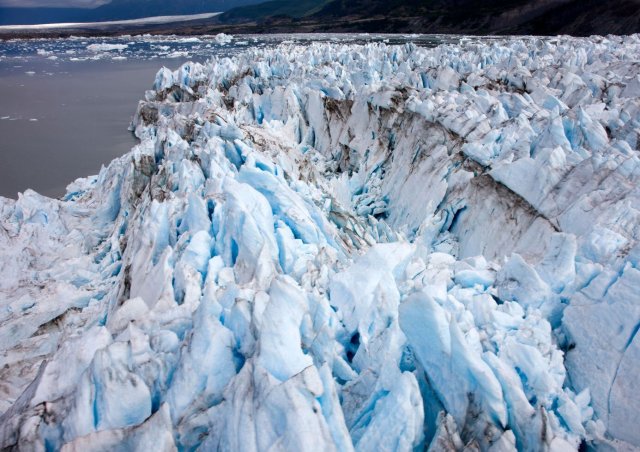Adapting to Climate Change in the Pacific Northwest and Alaska
Summary

EPA Region 10 provides support to tribal communities on climate adaptation issues in Alaska, Idaho, Oregon, and Washington, including:
- Emergency preparedness.
- Vulnerability assessments.
- Climate adaptation planning.
- Community education.
Responding to climate change will look different for each community. The tools, resources, publications, and trainings provided below are designed to account for these unique factors.
Tools and Resources
Regional
Local Environmental Observer Network (LEO)
The LEO network uses community member posts of unusual or unique environmental events to create public maps. These maps show the location of the unusual events along with any additional observations.
University of Oregon Tribal Climate Change Guide
This website provides information on funding, tribal adaptation plans, tribal climate resources, climate programs, publications, health, climate education, disaster resources, jobs, and events.
University of Washington Climate Impacts Group – Tribal Climate Tool
This tool provides visual climate change projections and climate change summaries at the scale of tribal decision-making. The site includes both maps and graphs of precipitation, temperature, stream, snow, and fire projections for Pacific Northwest and Great Basin Tribes.
Affiliated Tribes of Northwest Indians (ATNI) Climate Change Program
ATNI’s Climate Change Program serves as a clearinghouse for tribal and intertribal climate change efforts.
Environmental Finance Center at the Rural Community Assistance Corporation
The Rural Community Assistance Corporation’s Environmental Finance Center provides infrastructure technical assistance, training, research, and financial tools to support increased capacity and leadership development and enhancing the ability of communities, tribes and governments to effectively manage, problem solve, and envision financially sustainably infrastructure solutions and evaluate the financial and cultural impacts of adaption and relocation.
National
The Institute of Tribal Environmental Professionals (ITEP) Tribes & Climate Change Program
ITEP’s Tribes & Climate Change Program provides information and resources to tribal environmental and natural resource professionals working on climate change issues.
Climate Change Adaptation Resource Center (ARC-X)
This interactive resource helps local governments obtain tailored information so they can effectively deliver services to their communities as the climate changes.
- Regional Case Study: Quinault Indian Nation Plans for Relocation (Washington State)
Decision Integration for Strong Communities Tool (DISC)
The DISC tool is a software that aids in community decision making by providing users with access to EPA tools and websites with helpful information. Contact Viccy Salazar ([email protected]) and Linda Harwell ([email protected]) to request the tool.
U.S. Climate Resiliency Toolkit
Information from across the U.S. federal government designed to help identify tools, information, and subject matter expertise to build climate resilience.
Regional Resilience Toolkit: 5 Steps to Build Large Scale Resilience to Natural Disasters
A step-by-step guide outlining a coordinated process for resiliency planning.
National Climate Assessment
This assessment for the United States includes both science and analysis of the science. It focuses on observed and projected climate risks and impacts. The Fifth National Assessment, published in 2023, includes the following chapters:
- Chapter 16: Tribes and Indigenous Peoples
- Chapter 27: Northwest
- Chapter 29: Alaska
Tribal Climate Adaptation Guidebook
Designed to support tribes’ efforts to proactively adapt to climate change, this nationally focused guidebook builds on the foundation of ongoing climate-related work already happening in tribal communities. The guidebook provides a framework for climate change adaptation planning in the context of existing tribal priorities and directly considers the unique issues facing Indigenous communities.
Funding
These funding sources are available to tribes in Alaska, Oregon, Idaho, and Washington.
Indian Environmental General Assistance Program (GAP)
Region 10 Tribal Environmental GAP Funding
The Region 10 General Assistance Program provides a general funding source for tribes pursuing environmental projects, including climate adaptation planning, community education and outreach, and vulnerability assessments.
- Climate Change GAP Workplan Template (pdf)(2 pp, 45 K) - This template may assist tribes in developing plans to address the climate change impacts in their community. The template is an example of a GAP work plan.
- Other GAP Tools & Templates - Additional resources to help tribes manage their GAP grants include sample workplan components, budget support, and reporting requirements.
Contact
- Kat Compton ([email protected]), 206-553-0290
